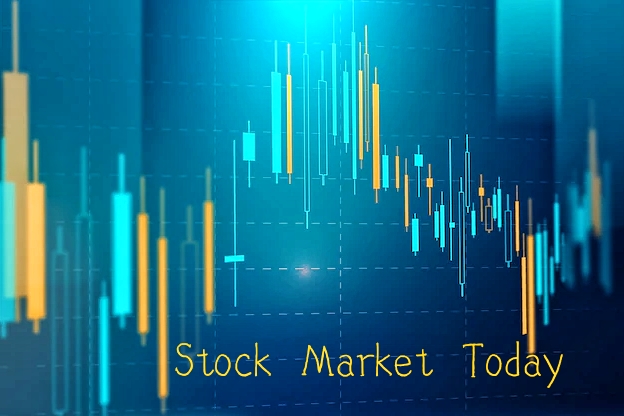What is driving the recent rally in Indian markets ?
Indian equity markets defied expectations on Tuesday, surging higher despite the recent GDP growth slowdown. The NSE Nifty 50 rose to 0.85% to an intraday high of 24,481, while the BSE Sensex up 700 points to 80,949. This strong performance added over 1,100 points to the BSE Sensex index in just two trading sessions.
Market’s Resilience Amidst Economic Challenges
This rally comes on the heels of a disappointing Q2 FY25 GDP growth rate of 5.4%, the lowest in seven quarters. However, market experts believe that this weak data had already been factored into the market’s recent correction and subdued corporate earnings.
The market’s focus has now shifted to the upcoming Reserve Bank of India (RBI) monetary policy announcement, scheduled for later this week.
Sectoral Shift: From Defensive to Rate-Sensitive
While defensive sectors like pharma, healthcare, and consumer durables led Monday’s rally, Tuesday’s gains were driven by cyclical and rate-sensitive sectors. Banking, financial services, metals, and oil & gas stocks emerged as the top performers. The Bank Nifty index climbed 1%, and Nifty Financial Services, Nifty Metal, and Nifty Oil & Gas indices also rose nearly 1% each.
Gautam Shah, Founder of Goldilocks Premium Research, highlighted the banking sector as a key outperformer in the current environment. He expects the sector to maintain its strength, with a target of 55,000 for the Nifty Bank index.
Market Experts Weigh In
Market experts believe that the recent market correction, coupled with disappointing Q1 corporate earnings, had already priced in the weak GDP data. Kunal Rambhia, Founder and Fund Manager at The Streets, echoed this sentiment, emphasizing the crucial role of the RBI’s response to the GDP figures in shaping investor sentiment.
Nifty Outlook and Key Levels to Watch
Experts are closely monitoring the 24,500 level on the Nifty. A sustained move above this level would signal a renewed uptrend and stronger market momentum. The upcoming speech by the RBI Governor will provide crucial insights into the central bank’s mid-term policy stance, particularly regarding interest rate trajectory.
Investor Focus Shifts to RBI Rate Action
The market’s recent gains can be attributed to increased expectations of policy clarity from the RBI. A break above the 24,500 level could solidify the near-term bottom and boost investor confidence.
While reduced Foreign Institutional Investor (FII) selling has provided some support, broader economic factors remain under scrutiny. Vikas Gupta, CEO and Chief Investment Strategist at OmniScience Capital, highlighted the positive growth in private consumption, which outpaced overall GDP growth and alleviated concerns about consumer demand weakness.
Reduced FII Selling: Reduced selling by Foreign Institutional Investors (FIIs) has provided some support to the market.
What Lies Ahead for Investors?
With the RBI’s monetary policy announcement on the horizon, investor attention will be focused on interest rate guidance and its potential impact on economic growth. A sustained move above the level of 24,500 could make the way for a strong uptrend in the Nifty 50 index, while the sectors like banking and financial services are expected to continue driving market gains in the near term.
Conclusion:
While the weak GDP figures raised concerns, the Indian stock market’s resilience and focus on the upcoming RBI policy announcement have led to a significant rally. However, investors should remain cautious and monitor global economic developments, geopolitical risks, and domestic factors that could impact the market’s trajectory.
Key Points to Watch:
- Nifty 24,500 Level: A sustained move above this level would confirm a renewed uptrend and stronger market momentum.
- RBI Monetary Policy Announcement: The RBI’s stance on interest rates and its outlook for economic growth will significantly impact market sentiment.
- Private Consumption: The strong growth in private consumption, despite the overall GDP slowdown, is a positive sign for the economy and consumer demand.










